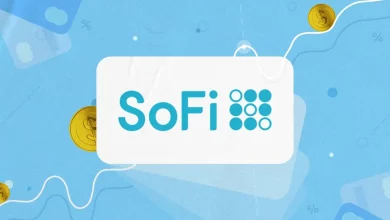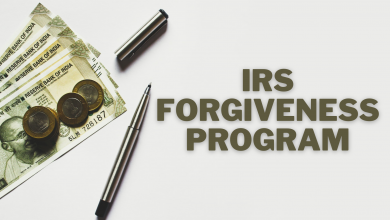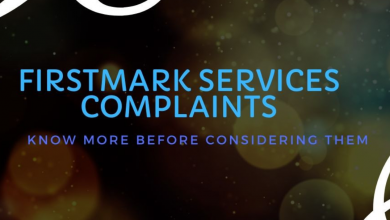Tax Refund Offset Reversal – Will Student Loans Take My Tax Refund?
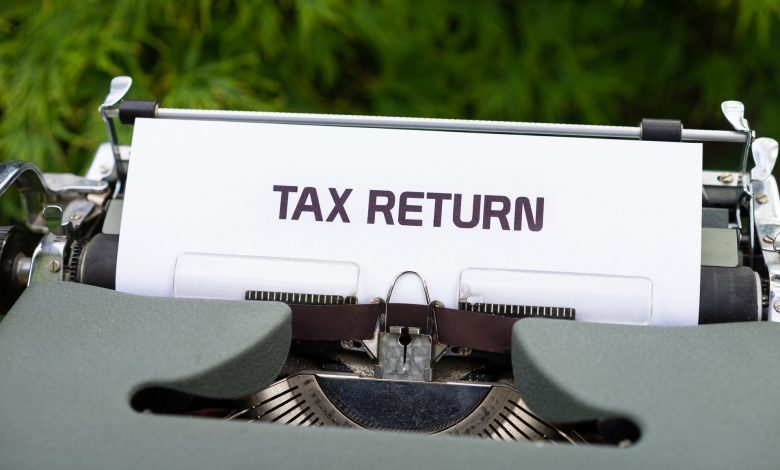
In the US, tax refund season resembles the holiday season. People eagerly await the arrival of their returns in their bank accounts so they can make significant purchases, reduce debt, or increase their savings. A tax refund offset occurs when the federal government withholds part of your tax return to pay off a debt. The Treasury Offset Program offsets refunds for unpaid student loans, defaulted Federal Employee Retirement System (FERS) contributions, and more—and can use up to 15% of your federal income tax refund towards this purpose. This means you may receive a considerably smaller tax refund, if any at all.
What is a tax refund offset?
Your wages may be withheld if you owe money to specific entities. In order to make up for that, your tax return might also be seized. This is how the word “offset” came to be used.
A Treasury Offset Program (TOP) offset happens when the federal government withholds part of your tax return to pay off a debt. The TOP offsets refunds for unpaid student loans, defaulted Federal Employee Retirement System (FERS) contributions, and more—and can use up to 15% of your federal income tax refund towards this purpose. This means you may receive a considerably smaller tax refund, if any at all!
The majority of people have no influence over the process. You owe money, and if you suddenly receive a sizable sum, you run the risk of having it taken. You have no way to safeguard those assets because tax refunds are well-documented and they are frequently taken before you see a single cent of the total.
Will student loans take my tax refund in 2023?

In previous tax years, taxpayers with federal student loan defaults risked having their tax refunds taken away to pay back past-due student loans. Student loans won’t take your tax refund in 2022, though, thanks to newly announced extended student loan protections.
Those most likely to have their refunds garnished are borrowers with federal student loans in default or those who owe taxes. However, even if you’ve been making payments on your debt, you could still have part of your refund taken if you’re behind on your costs by 90 days or more.
Any tax refund you receive may be withheld and applied to your unpaid federal student loans in default once the IRS has the go-ahead to resume collection efforts and the federal student loan forbearance period expires.
What leads to an offset?
A government office or creditor submits your information into the Treasury Offset Program database, which then determines if you owe money for federal student loans (or other debts), unpaid taxes, etc. The Office of Management and Budget reviews this program each year to ensure its efficacy.
What Justifies Taking Your Refund?
The Where’s My Refund? page of the IRS is a good place to start if you’re unsure of the status of your refund. You can get results by selecting the Check My Refund Status button, entering the necessary data, and clicking the button. Sadly, this tool doesn’t go into great detail about the reasons why your money might be delayed. It might be suggested that you contact the IRS, who should be able to provide you with more information.
Even if your spouse is unrelated to your student loans and you file taxes jointly with them, the IRS may still take a portion of both of your tax refunds. The IRS may continue to deduct your taxes for each year that you are in default. For federal loans, there is no statute of limitations. The Treasury Offset Program only applies to loans from federal student aid programs. The American government needs to take very little action to claim a tax refund.
Private student loan lenders, in contrast, must first obtain a court order before taking any action, such as garnishing wages. Private lenders are not permitted to seize refunds, but they are permitted to start collection proceedings earlier than the 270-day waiting period before the federal government can. Even one late payment will cause some private lenders to start taking action.
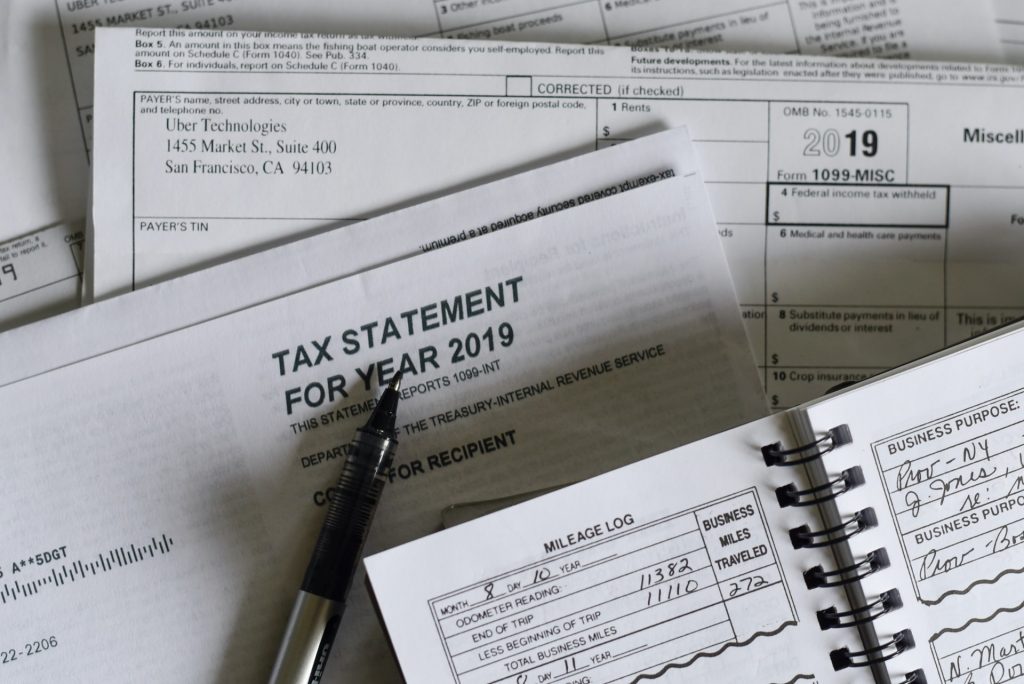
Who is at risk?
Borrowers who have federal student loans in default are the most likely candidates for a tax refund offset, as are those with delinquent taxes or other government debts. However, even if you’ve been making payments on your debt, you could still have part of your refund taken if you’re behind on your costs by 90 days or more.
What can I do?
If you have a tax refund offset, try to resolve the issue with the government office or creditor that submitted your information into the Treasury Offset Program database. If this doesn’t work, you can submit a request for a tax refund offset reversal. You must submit this request within 30 days of your offset, or you may be unable to undo it—meaning the government will continue taking part in your refund until they’ve recouped all the money owed.
Other options
You can also contact a tax professional to appeal an offset if you don’t meet these criteria.
Wrapping up
The Treasury Offset Program offsets refunds for unpaid student loans, defaulted Federal Employee Retirement System (FERS) contributions, and more—and can use up to 15% of your federal income tax refund towards this purpose. Although it’s not a simple process to regain your refund after an offset occurs, you may be able to get your money back if you follow the correct steps. So, if you’re expecting a tax refund and have any outstanding debts, be sure to stay informed about the Treasury Offset Program!
As mentioned earlier, there are several ways for the federal government to collect on unpaid debts. If you’re behind on payments or default on a student loan, you may find yourself subject to a tax refund offset. This occurs when the government withholds part of your tax return to repay what you owe.



